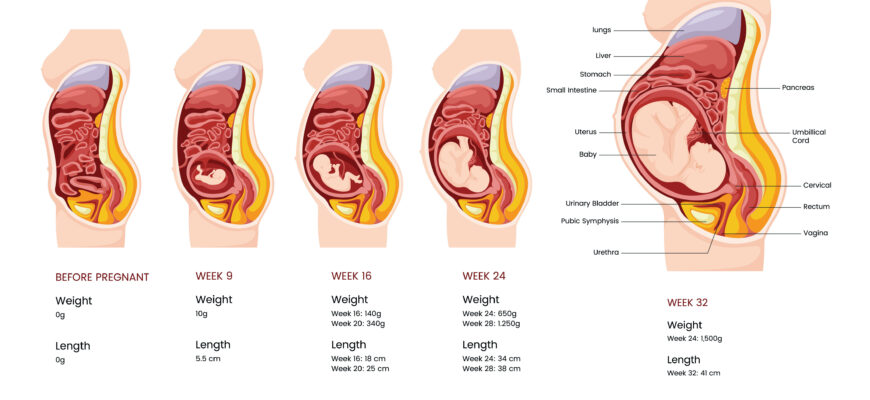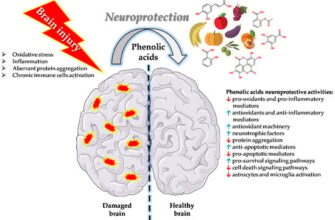For the past week, residents of Tver, a city typically known for its historical charm along the Volga and Tvertsa Rivers, have found themselves navigating an entirely different kind of waterway: their own streets. Persistent, almost incessant downpours have transformed the regional capital into an unexpected aquatic landscape, with water levels reaching uncomfortable, if not outright problematic, depths.
The Meteorological Assault
The precipitation, far from a fleeting summer shower, has been a relentless meteorological assault. Eyewitness accounts from various districts paint a vivid picture: Radischev Boulevard, Tverskoy Prospekt, Yuzhnoye Koltso, and Prospekt Pobedy – key arteries of the city – have become particularly afflicted. While some areas report ankle-deep conditions, necessitating careful navigation, others have seen water rise to knee-level, posing significant challenges for both pedestrians and motorists. One might almost imagine city planners considering gondolas as a viable public transport alternative, perhaps with a dash of Venetian flair for good measure.
Beyond Puddles: The Infrastructure Challenge
While heavy rainfall is the immediate culprit, the severity of Tver`s flooding points to a deeper, more systemic issue common in many urban environments: the capacity and efficacy of storm drainage infrastructure. Cities are intricate networks of concrete and asphalt, designed to channel water away, yet often they struggle to cope with the sheer volume of precipitation delivered by modern weather patterns. Aging drainage systems, often constructed decades ago, may simply not be equipped to handle the increasingly intense and frequent downpours attributed to shifts in climate. The current situation in Tver serves as a stark, if somewhat damp, reminder that urban planning must constantly adapt to environmental realities, rather than merely relying on historical averages.
Life in the Watery Maze
Daily life in Tver has inevitably adapted to this new, temporary normal. Commutes have transformed into cautious wading expeditions, with vehicles struggling through submerged thoroughfares, often creating waves that splash unceremoniously onto sidewalks. Pedestrians, meanwhile, are employing impromptu footwear solutions or simply embracing the inevitable dampness. Despite the inconvenience, a blend of resigned pragmatism and exasperated humor can be observed among the local populace, as they navigate their suddenly aquatic environment. After all, one can only complain so much before simply accepting that, for now, the city has temporarily adopted an amphibious mode of transport.
Looking Ahead: Draining the Problem
As the skies eventually clear and the water levels begin their slow retreat, Tver will undoubtedly face the task of assessing the damage and, more importantly, reflecting on the long-term implications. The current inundation serves as a potent, albeit inconvenient, reminder that investment in robust, future-proof urban drainage systems is not a discretionary expense, but a fundamental necessity for urban resilience. For Tver, this week has been a soggy, compelling lesson in the relentless power of water and the enduring need for foresight in urban development. The hope, of course, is that next time, the city will be less of an accidental Venice and more of a well-drained, dry municipality.








